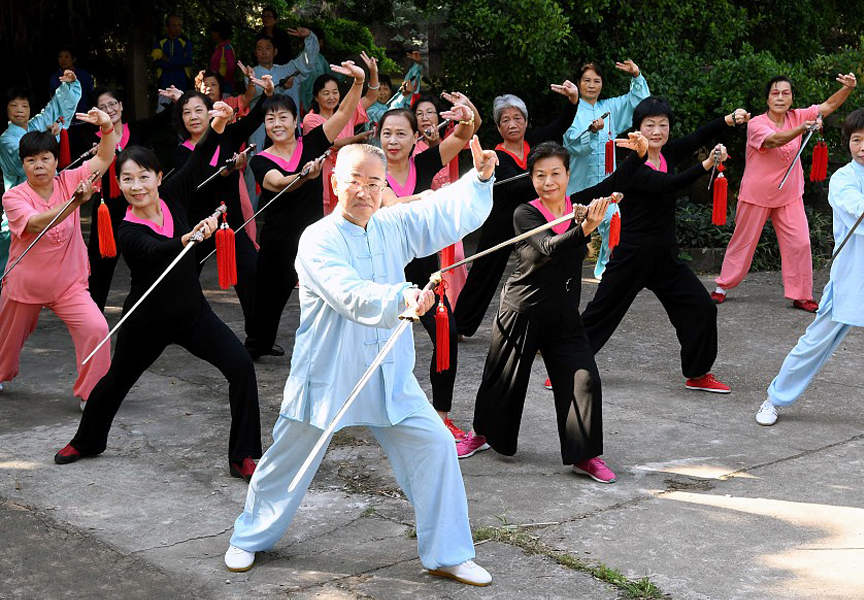Random Free Articles
- Shaolin's Chain Fist
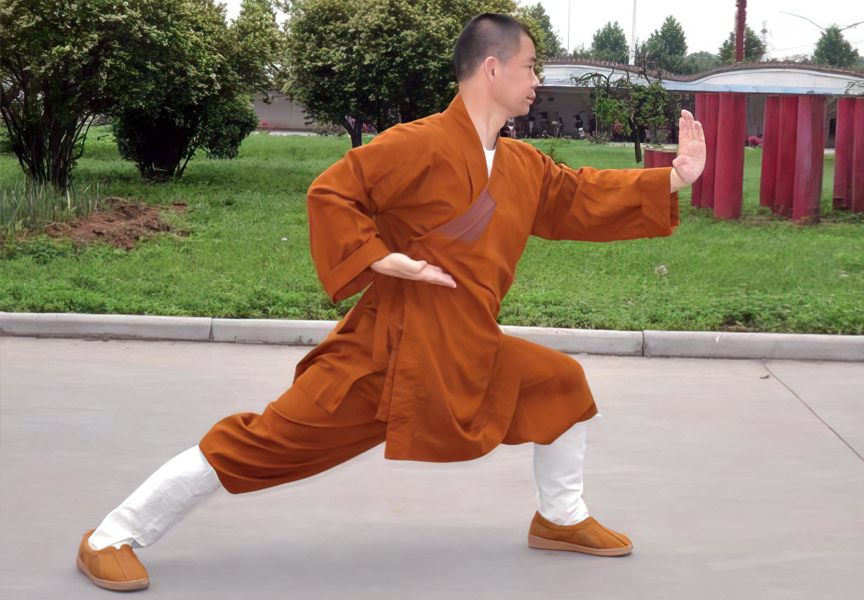
Unraveling the Mysteries of Shaolin's Chain Fist In the vast realm of Shaolin Wu Gong, the Lián Huán form [Chin.: liánhuánquán 连环拳], meaning "Chain Fist," stands as a fundamental practice that follows the mastery of the 5 Technique Fist [Chin.: wǔbùquán 五步拳]. This compact form, though small in appearance, carries immense significance in the Shaolin tradition. Characterized by simple yet powerful movements,…
- The Mystique of Buddha Palm
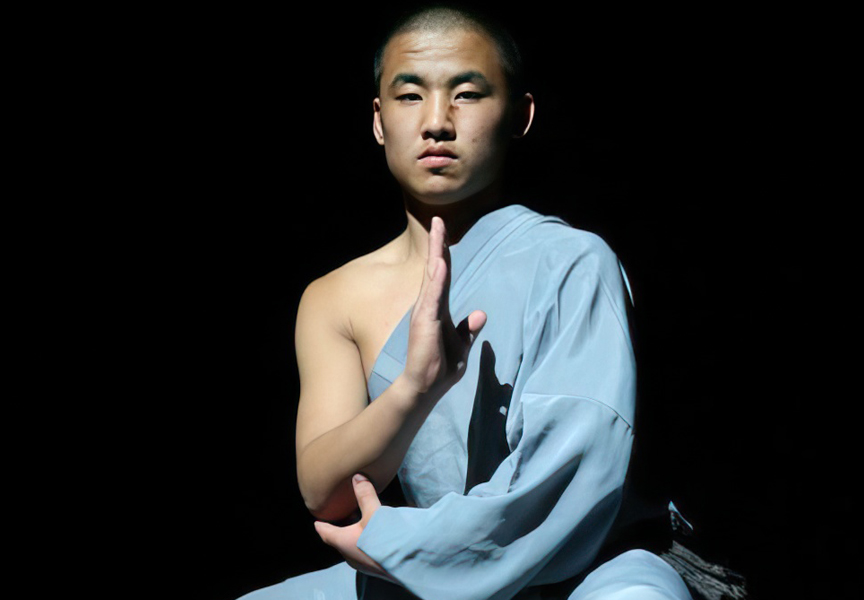
The Lost Art of Shaolin Monks In the annals of martial arts history, few names evoke as much reverence and fascination as Shaolin Kung Fu. Nestled amidst the mist-shrouded peaks of China, the Shaolin Monastery has long been revered as the cradle of martial arts mastery and spiritual enlightenment. Within its hallowed walls, generations of monks honed their bodies and minds, cultivating skills that transcended mere combat prowess. Among the…
- Rouquan Shaolin Internal Exercise
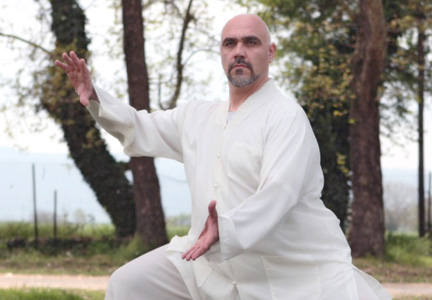
Soft Fist - Rou Quan [Chin.: róuquán 柔拳], is an excellent Shaolin Internal Exercise «Nei Gong» [Chin.: Shàolín nèigōng 少林 內功], which constantly develops human body’s physical and vital energy reserves and in conjunction with the «Five Skills» [Chin.: wǔgōng 五工], allows strides of improvement to anyone who wants to evolve his skills in concentration, balance and deep relaxation. Shaolin Rou Quan addresses to all…
- Sword Fingers of Taijiquan
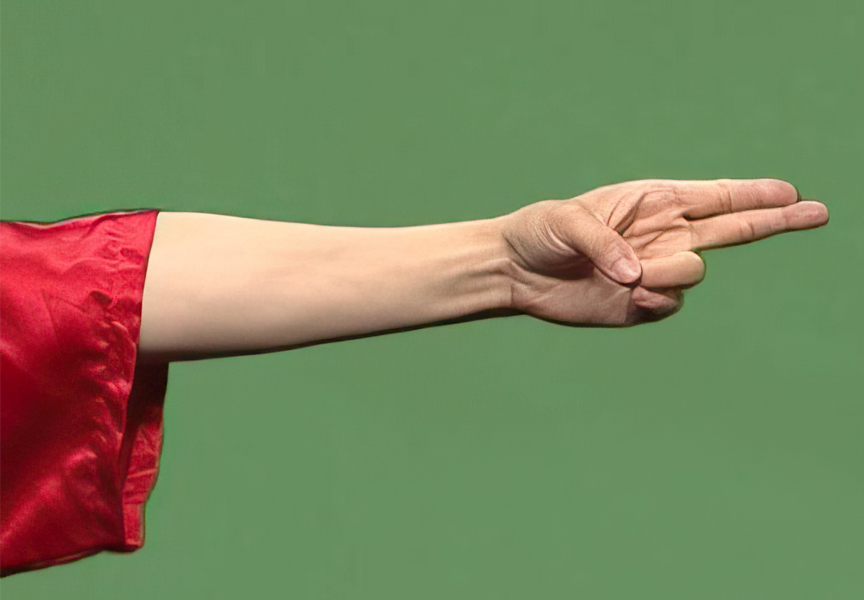
The Symbolism and Application of Two Fingers Pointing in Taijiquan Sword Taijiquan, often referred to as Tai Chi, is a Chinese martial art known for its slow, flowing movements and emphasis on internal energy cultivation. Within the vast realm of Taijiquan, there exists a unique and symbolic gesture – the use of two fingers pointing – particularly in the context of the Taijiquan sword, known as Sword Fingers [Chin.: Jiàn zhǐ 剑指].…
- What I Gained from Rou Quan Quan Practice
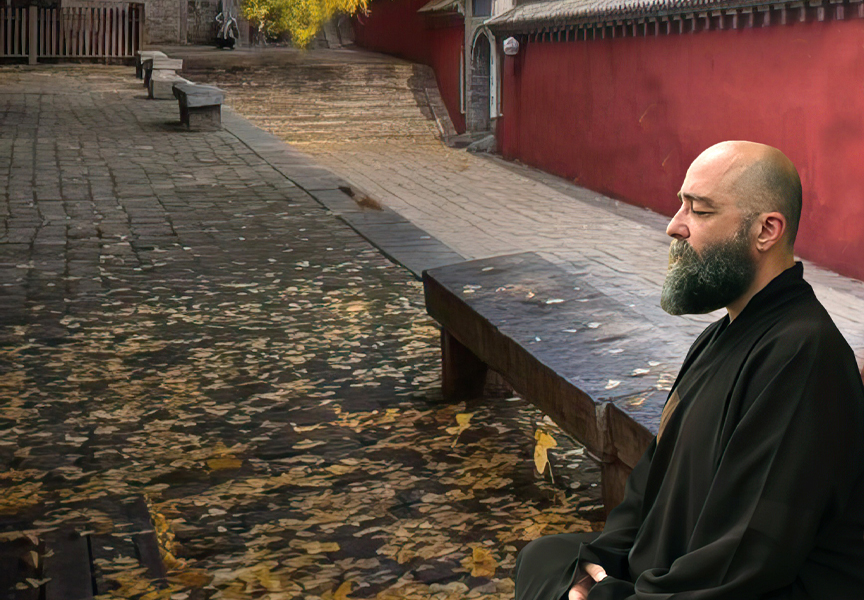
After more than 40 years of practicing Shaolin Rou Quan, I feel both a deep need and a sense of obligation to share my personal point of view, my understandings, and, above all, my own experience with this remarkable art. Shaolin Rou Quan, often misunderstood or undervalued compared to other martial arts, holds profound benefits that go far beyond self-defense. It is a discipline that fosters balance, inner peace, and strength in ways that are…

